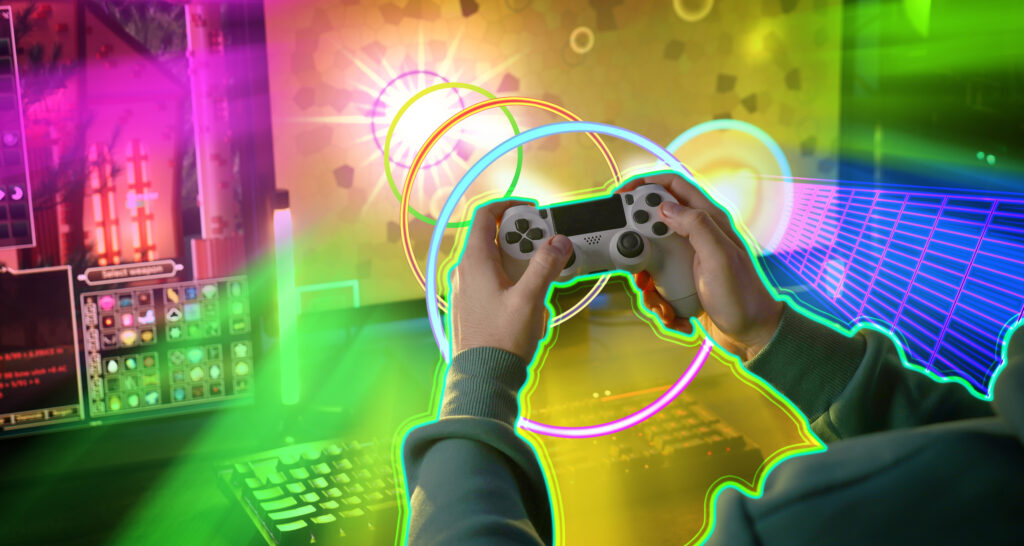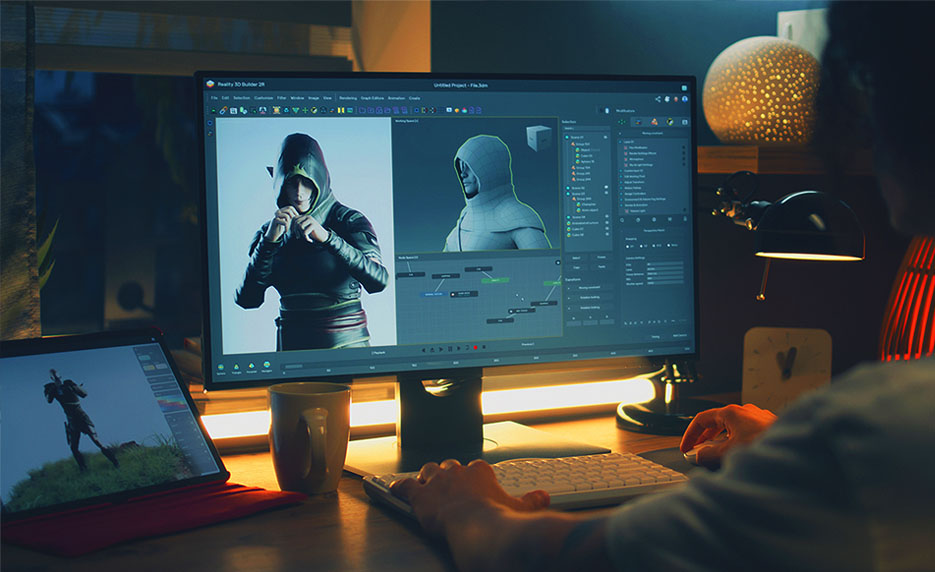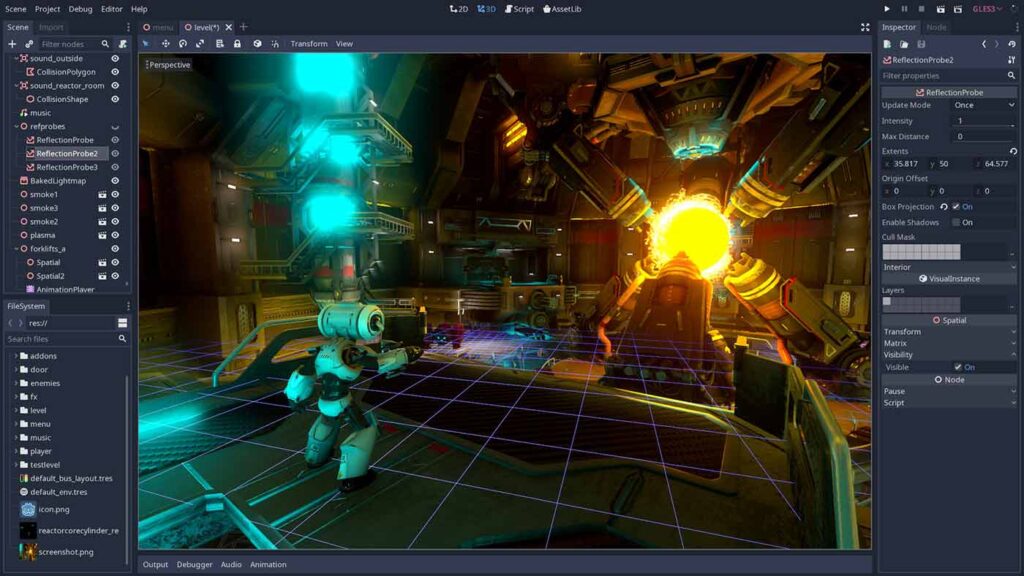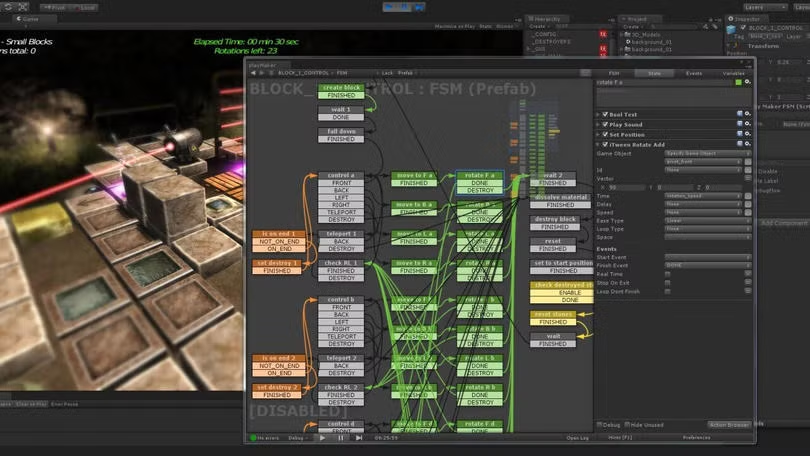Gaming Design: A Journey from Concept to Creation

Gaming Design
Introduction to Gaming Design

Gaming design is a multidisciplinary and creative process wherein the intersection of technology, art, and storytelling results in an interactive product. From the idea to the end product, game design is a collaborative process wherein one has to understand both the technical and the creative side of the creation. Here in this blog post, we will learn about the basics of game design, the tools and techniques applied, and the evolution of the gaming industry over time.
The Core Principles of Gaming Design
Gaming design isn’t simply creating games to play for fun; it’s crafting intricate problems that challenge players on an emotional, intellectual, and physical level. The core principles of game design are founded upon the following:
1. Fun Factor
At the heart of every great game lies one essential goal: delivering a fun and engaging experience for the player. Whether competitive, story-driven, or cooperative, the end goal is to be enjoyable. The designers will usually employ feedback loops to maintain players in the state of being challenged but not frustrated.
2. User Experience (UX)
UX in a game is actually much more about delivering entertainment to users while playing the game. That ranges from straightforward UIs, clean controls, and minimal mechanics that are easy to learn but not masterable. Good UX is between a hard game and an enjoyable game.
3. Balance
Balance in a game is making sure that nothing in the form of character, mechanics, or difficulty level gets either too dominant or too low. Developers attempt to reach a balance which is challenging for the player but is not impossible to play. Tweaking and playtesting are employed to achieve this balance.
4. Replayability
Good games encourage repeat play. Replay value is attained through a number of different methods, including procedural generation, multi-player game modes, random events, or variable narratives. Minecraft and The Witcher 3 are successful because they allow gamers different experiences every time they play.
5. Immersive Storytelling
Games have as deep and rich narratives as films. Good storytelling allows players to become emotionally invested in characters and the world they inhabit. Designers and writers work together to produce worlds that are full of lore, engaging storylines, and characters.
The Phases of Gaming Design

There are several distinct stages in which game development is broken up. Each stage addresses various elements of creating the game, from conception to production and testing.
1. Pre-production
Designers spend time brainstorming ideas, building the concept of the game, and creating a top-down outline of gameplay, story, and art style.
• Game Concept: The game genre (e.g., action, adventure, RPG), the critical mechanics (e.g., combat system, puzzle-solving, exploration), and over-arching theme (e.g., sci-fi, fantasy, historical).
• Prototyping: Prototypers make low-fidelity prototypes to play through major game mechanics. It is to reveal what works or does not work prior to investing time in full development.
2. Production
The production phase is where the game’s vision starts taking tangible form, with ideas evolving into playable features and visual elements. Designers make in-depth assets, levels, characters, and mechanics, and programmers and artists develop the technical aspects of the game.
• Level Design: Game designers create the game world and levels such that the world is well-suited for gameplay mechanics and ideas of narrative.
• Character Design: Artists design characters, looks, behavior, and interaction with the game world.
• Programming: Programmers implement the gameplay elements, including AI, physics, and controls, which bring the designer’s vision to life.
3. Play testing and Iteration
Play testing is a vital stage where designers observe real players in action, gaining insights into how the game is experienced and where improvements are needed. It helps one identify bugs, balance problems, and what should be rebuilt. Iteration involves refining and adjusting the game by analyzing player feedback and making targeted improvements to enhance the overall experience.
• Feedback Loops: Collecting feedback from the players and the testers and making changes accordingly. Feedback loops have a very critical role in enriching gameplay and design elements.
4. Post-production and Launch
After development, the game is tested and optimized for bugs. The developers and designers make sure the game is awesome and ready for release. The marketing and distribution teams now prepare the game for release.
Tools of the Trade: Gaming Design Software
Software game developers use various programs and other software to make their concepts work. All of those things are made by using similar software to make stuff from character animation to the world set itself.

1. Game Engines
The key piece within any given game is its engine. Engines provide the basis on which game assets and program codes are combined into an experience. Several game engines have earned widespread recognition for empowering developers to build immersive and visually stunning gaming experiences:
• Unity: A quick and simple-to-use engine, highly suited to both 2D and 3D games. Unity is already employed by small independent developers as well as large game studios.
• Unreal Engine: With its high-end graphics and heavy features, Unreal Engine is most suited to AAA games and cinematic experiences.
• Godot: An open-source game engine with an increasingly large user base, most suited to small independent games and 2D games.
2. Modeling and Design Software
• Blender is a free, open-source software widely used for creating 3D models, animations, and visual effects, making it a go-to tool for game designers and digital artists alike.
• Autodesk Maya: Commercial 3D modeling and animation software employed by the gaming industry on a mass scale.
• Adobe Photoshop: For texture creation, UI, and other 2D graphics.
3. Audio Design Software
• Audacity: Free sound editor, which is utilized to record and edit voiceovers and sound effects.
• FMOD and Wwise: Both are industry-standard audio middleware through which designers can dynamically insert sound into the game.
Gaming Design Genres
Different game genres have different design philosophies. Some of the most profitable game genres and the most significant design concerns for each of them are explained below:
1. Action Games
Action games focus on fast-moving gameplay that challenges players to react swiftly, showcasing their timing, coordination, and quick decision-making skills. Smooth control, good combat systems, and engaging progression systems are design concerns which must be addressed.
2. Role-Playing Games (RPGs)
RPGs place high emphasis on character progression and quality storylines. Story complexity, character progression, choice-based narrative, and a great combat system are the most essential design elements.
3. Strategy Games
Strategy games have to incorporate strategic thinking and decision-making. Strategic thinking should be promoted by exposing the game mechanics so they become layered in order to encourage strategic thinking.
4. Simulation Games
Simulation games mimic actual processes or events. Developers of simulation games should produce actual systems and mechanics which are interesting but an authentic depiction of actual action.
Trends That Shape the Future of Gaming Design
1. Virtual Reality (VR) and Augmented Reality (AR)
Virtual Reality and Augmented Reality are revolutionizing the way players experience immersive gaming by blending digital elements with real-world interaction. Developers will have to develop experiences that leverage the new technologies to their fullest capability, from new control mechanisms to worlds that simulate reality.
2. Artificial Intelligence (AI)
Game AI comes of age with more intelligent NPC characters, procedural generation, and dynamic narrative. Designers push the boundaries of how AI can be used in an attempt to get more out of immersion experiences, making them bespoke.
3. Cloud Gaming
Cloud gaming allows players to stream top-tier games over the internet, removing the need for expensive consoles or high-end PCs. This also provides new liberty for designers to build more sprawling, more resource-hungry experiences.

Conclusion: The Ever-Changing Art of Gaming Design
Gaming design is an ever-changing discipline that fuses imaginative thinking, cutting-edge technology, and insights into player psychology to build compelling and immersive gameplay experiences. As the world of gaming continues to evolve, game designers continue to make history by bringing new innovation and possibility of what can be. By adding high graphics, new game architecture, or engaging stories, game design continues to aim to provide experiences that can entertain, challenge, and inspire gamers around the globe.





